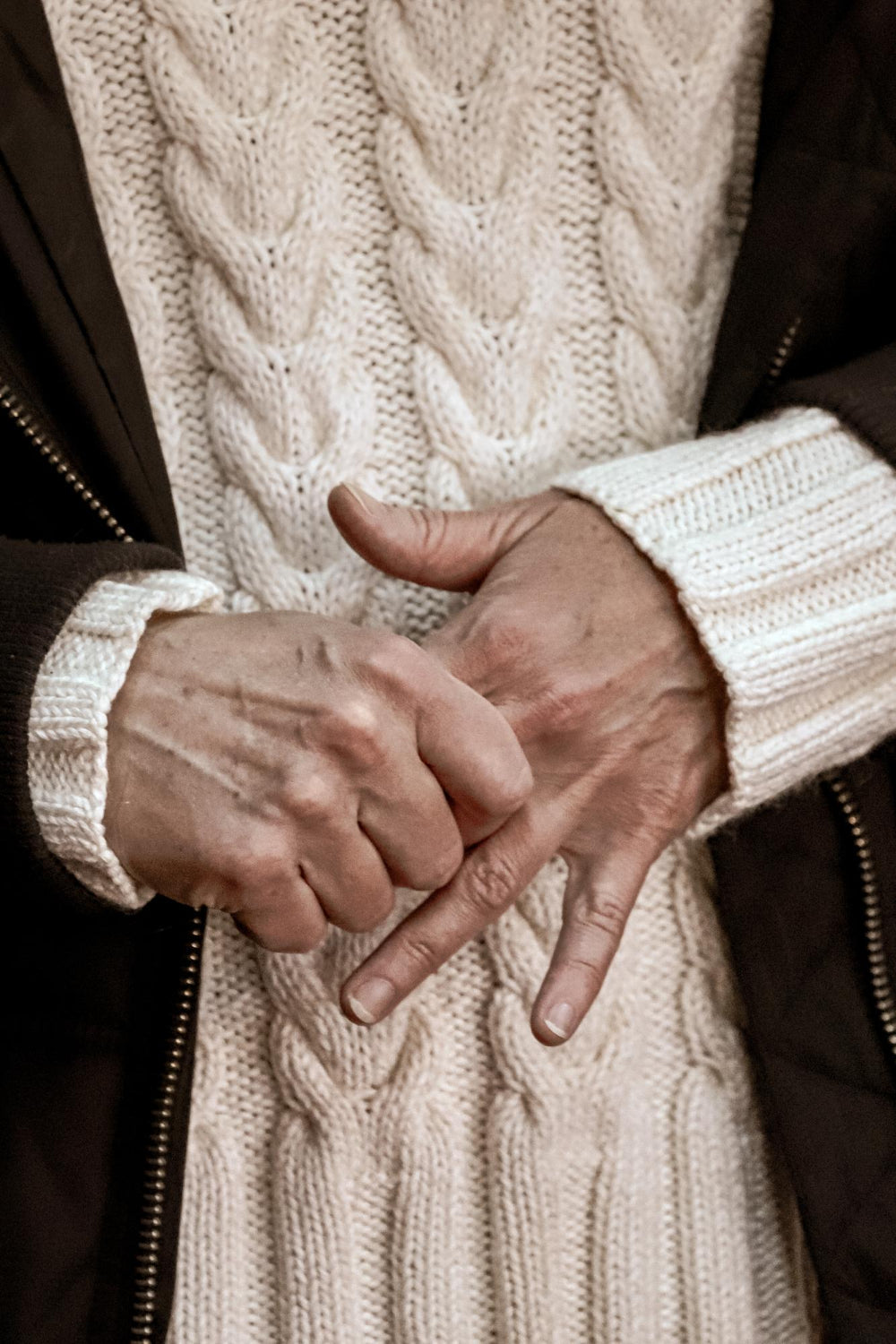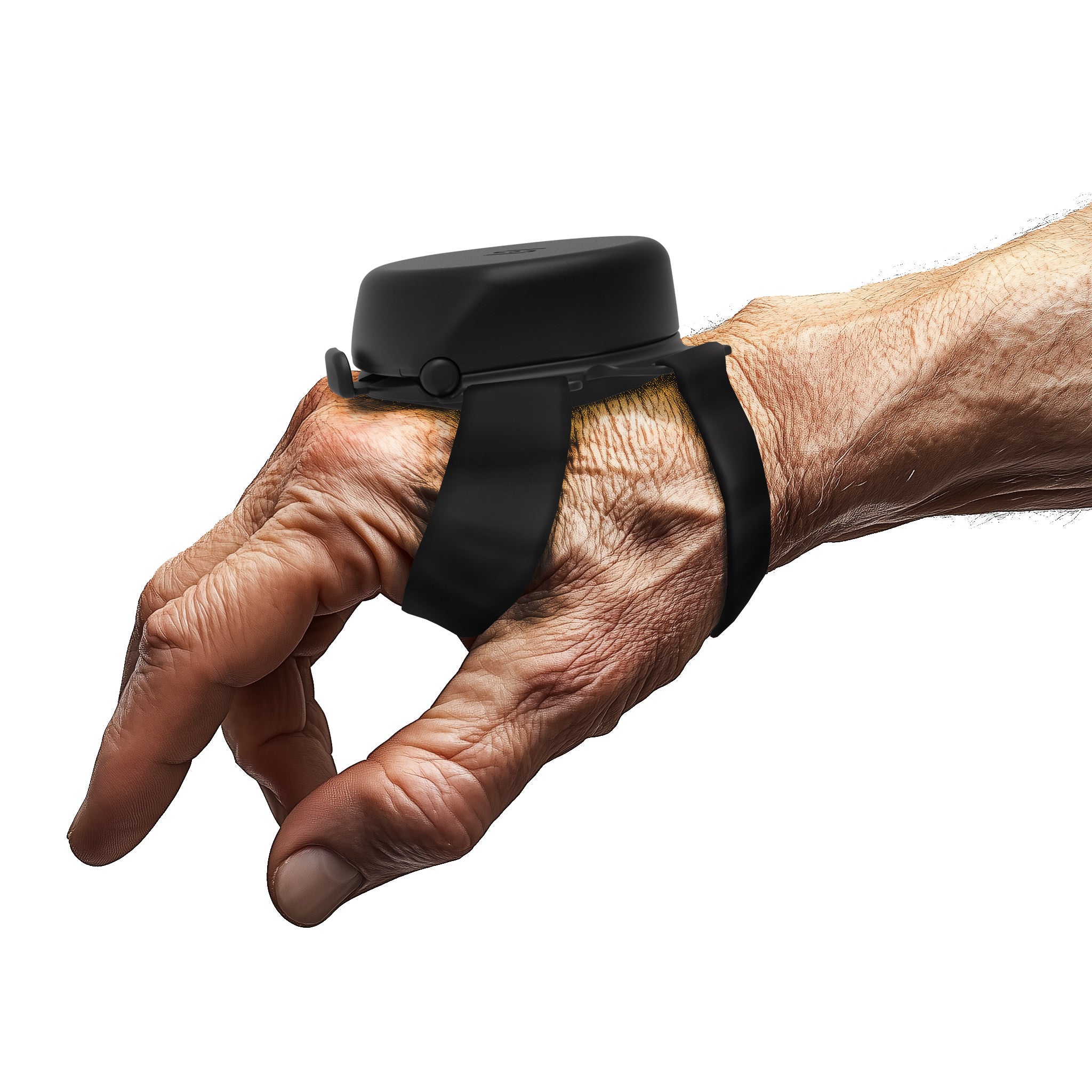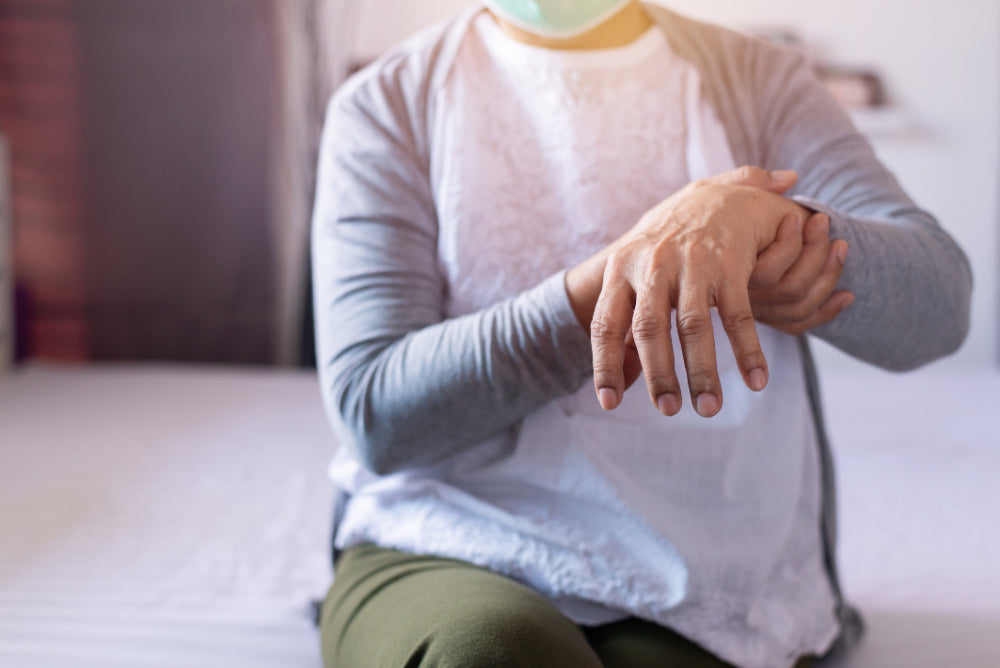Have you ever noticed a loved one, perhaps a parent or grandparent, experiencing sudden shakes? Sudden shaking in the elderly can be alarming, especially when it appears without warning. Involuntary shaking in older adults may be mild or severe, and understanding the root cause is the first step toward finding peace of mind and effective relief. This comprehensive article delves into the common phenomenon of sudden uncontrollable shaking in the elderly, exploring its causes and the many ways to manage these tremors effectively. From uncovering what causes body shaking in the elderly to discussing innovative treatments and supportive devices, this guide offers practical solutions and reassurance for families navigating these challenges.
Why Do Older Adults Experience Shaking?
As people age, physiological and neurological changes can lead to tremors or involuntary movements. Identifying what causes body shaking in the elderly is essential for treatment. Common underlying causes include:
-
Essential Tremor:
One of the most frequent causes of sudden shaking in the elderly, this nervous system disorder causes rhythmic shaking—often in the hands, but sometimes affecting the head, voice, or legs.
-
Neurological Causes:
Parkinson’s disease often presents with resting tremors, stiffness, and balance issues. It can be a primary source of sudden uncontrollable shaking in the elderly, especially in more advanced stages.
-
Drug-Induced:
Medications such as antidepressants, SSRIs, or anti-seizure drugs can contribute to tremors in older adults. This is a critical yet sometimes overlooked answer to what causes body shaking in the elderly.
-
Normal Aging:
As one ages, muscle strength and motor control may be reduced, sometimes resulting in a slight tremor.
-
Stroke Or Brain Injury:
Damage to specific brain areas from stroke or trauma can result in long-term or sudden shaking in the elderly, depending on the affected region.
-
Metabolic And Endocrine Disorders:
Overactive thyroid (hyperthyroidism) and other hormonal imbalances are well-documented causes of sudden uncontrollable shaking in the elderly.
-
Stress And Anxiety
Trembling or shaking can be temporary and may be based on emotional or physical stress. This type of tremor is usually situational and will resolve once the stress has subsided.
-
Neurodegenerative Diseases:
Other neurodegenerative diseases unrelated to Parkinson's, such as multiple sclerosis or Alzheimer's disease, can cause tremors in older adults.
Practical Solutions For Managing Tremor
Tremor management has evolved, especially for those experiencing sudden shaking in the elderly. Tools and therapies now offer more precise and accessible support. Tremor-reducing gloves, deep-brain stimulators, and adaptive tools like weighted utensils or anti-slip devices help seniors retain control during everyday tasks.
For those dealing with Parkinson’s or Essential Tremor, supportive devices such as hand braces or gloves can reduce the effects of sudden, uncontrollable shaking in the elderly, enabling greater independence. These innovations may seem small, but they play a crucial role in restoring function and dignity.
Medications And Therapies For Shaking

-
Medications
Medications can be key in managing tremors in seniors, but only temporarily. As confirmed by a study published in the Journal of Neurological Sciences, beta-blockers, especially propranolol, have proven to temporarily reduce symptoms in one of the most common movement disorders among elderly patients: Essential Tremor. Similarly, anticonvulsants like primidone effectively manage these tremors, providing temporary relief and improving the quality of life for many patients.
-
Physical And Occupational Therapy
Physical therapy is vital and plays a huge role in coping with tremors. According to the American Occupational Therapy Association, customized exercises and adaptations to daily routines made during occupational therapy sessions can help reduce the impact of tremors and improve the quality of life. Occupational therapists work closely with patients to develop personalized strategies that enhance daily functioning and independence. Techniques can include exercises to strengthen muscles, improve coordination, and utilize adaptive devices effectively.
Lifestyle Adjustments For Tremor Control
-
Diet And Lifestyle Changes
Although there’s no proven diet to stop tremors, eating antioxidant-rich foods and maintaining hydration can support neurological health. These are proactive steps for those investigating what causes body shaking in the elderly and how to manage it more holistically.
-
Emotional And Social Impact
Living with uncontrollable shaking can be emotionally challenging. Many seniors feel embarrassed or isolated due to their tremors, which may lead them to withdraw from social activities. Providing emotional support through therapy, support groups, or simply spending time with loved ones can significantly improve their quality of life.
-
Holistic Care For Seniors
Effective management of sudden shaking in the elderly involves more than just medication. Combining therapy, emotional support, adaptive tools, and healthy routines creates a complete care strategy. This approach can help maintain independence and promote emotional resilience in seniors affected by tremors.
-
Nutritional Supplements And Herbal Remedies
Although no conclusive evidence exists that diet or supplements can reduce hand tremors, good nutrition is important in supporting overall neurological health. Nutrients such as magnesium and omega-3 fatty acids are well-known for their benefits in maintaining nerve function and brain health. Seniors may consider incorporating these nutrients into their diets or supplements if their dietary intake is insufficient.
Herbal supplements like valerian root and passionflower are sometimes consumed for their calming effects. While these herbs may provide comfort, there is no scientific proof that they directly impact tremors. Seniors must consult with their healthcare providers before starting any new dietary supplements or herbal remedies to ensure they are safe and appropriate based on their health conditions.
-
Psychological Support And Counseling
The emotional and psychological impacts of living with tremors can be substantial. Seniors must receive psychological support to help them manage the stress and emotional strain associated with this condition. Counseling services and therapy can provide practical strategies for coping with anxiety and frustration. Additionally, support groups offer a space to share experiences and advice with others facing similar challenges, which can be particularly beneficial for those dealing with Parkinson’s disease and related conditions. These resources can help seniors address their issues on both physical and psychological levels.
Technology And Innovation In Monitoring Tremor
Today, technology allows for better monitoring and management of tremors. For example, wearable devices can monitor the tremor's amplitude and frequency, providing valuable data to help individualize care plans. These devices can alert healthcare providers to changes in tremor patterns that may indicate a need for treatment adjustments. Moreover, the other applications and software that approach the analysis of tremors aid patients and their carers in better interpreting and coping with symptomatology from their trembling problems. These emerging technologies provide tangible support for day-to-day functioning and, more importantly, for independent living.
Enhancing Tremor Management With Steadi-3 Tremor Glove

Our Steadi-3 is a tremor device designed to improve the quality of life for elderly people with tremors. Our glove uses advanced fluid technology to provide stabilizing support without the bulk and constraints that often come with traditional devices that manage tremors. It is precisely engineered to respond dynamically to the wearer's movements, offering instant tremor suppression. The fluid technology in the glove creates a counterbalance to the tremorous motions, significantly reducing their impact and allowing users to conduct daily activities with improved precision and confidence.
Our glove is a wearable, noninvasive, easy-to-operate medical device designed to answer the needs of seniors suffering from Parkinson's disease or Essential Tremor (ET). It lets their uncontrollable movements get under their control by facilitating everyday functions like writing, eating, and dressing- a great way to increase independence when performing daily living activities.
It is a breakthrough in non-invasive tremor control technology and can bring normalcy back into the lives of those affected by movement disorders. Its lightweight and user-friendly design makes it an accessible aid for seniors who want to maintain an active and autonomous lifestyle despite their challenges with tremors.
Conclusion
Management of sudden shaking in the elderly is multidimensional: it includes medical treatment, lifestyle change, and innovative gadgets. Understanding the root cause is crucial for effective management that can improve the quality of life among the elderly. A combination of medications, therapies, and adaptive devices can help restore control over seniors' movements, enabling them to carry out daily activities with more confidence and independence. As technology develops, new approaches to monitoring and managing tremors hold even more promise for increasing the quality of care.
Resources:
-
https://westhartfordhealth.com/news/senior-health/causes-tremors-in-elderly/
-
https://www.griswoldcare.com/blog/tremors-in-elderly-adults-what-to-know/



